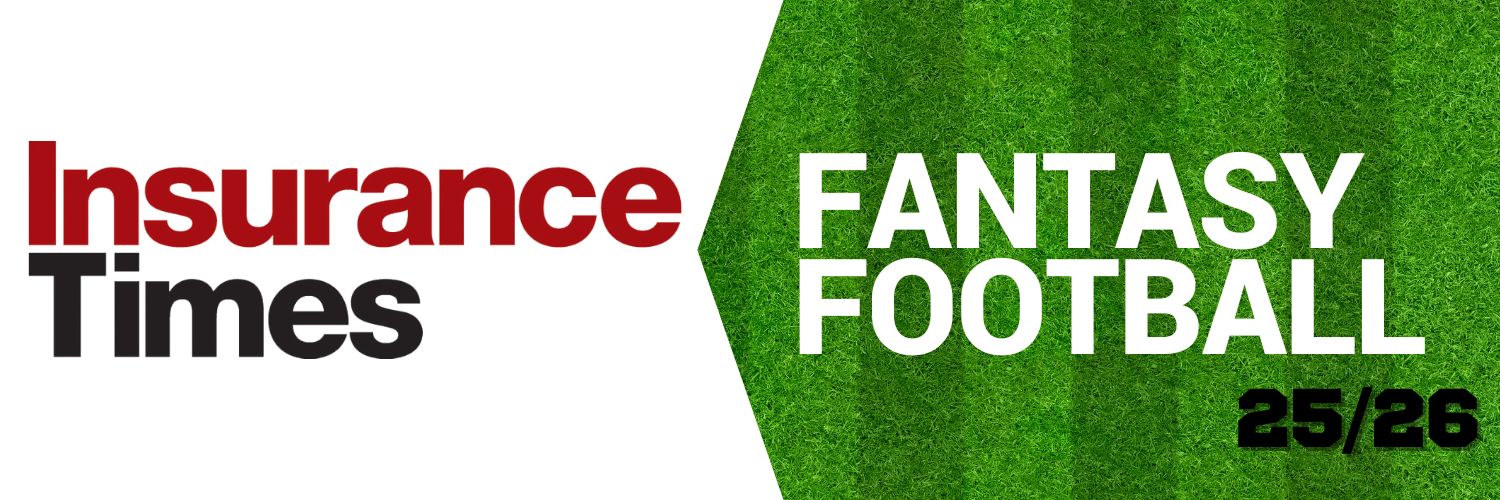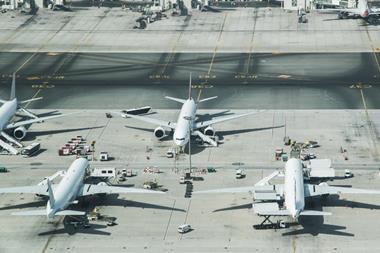Although it's the safest form of transport on the road, coach and bus insurance premiums are perennially high, with only a few specialised insurers risking the business. Yvette Essen looks at a sector wising up to risk management.
The image of a crushed coach lying in a ditch tends to make headline news, with pictures of distraught holiday-makers adding to the drama.
In February this year, heavy snow across Britain and Europe was blamed for three coach crashes in the same weekend. This was the same month three British tourists died after their coach skidded off a dusty road and plunged down a ravine in Australia.
Then, in June, a 66-year-old coach driver was killed and 38 people injured in a tour coach crash on the Isle of Skye.
Judging from the media coverage, it's easy to be left with the impression that driving a large vehicle often leads to disaster. Yet is the minibus and coach sector more accident-prone than other sectors, or do crashes only make the front page because they are more high profile?
According to the publications Road Accidents in Great Britain (RAGB) and Transport Statistics Great Britain (TSGB), those travelling by minibus or coach fare relatively well in comparison to people using other modes of transport.
In 1990 to 1999, 19 passengers died while travelling by coach, 1,866 in car crashes and 21 when journeying by rail. During that time, 1,169 pedestrians, 499 motorcyclists and 199 people on pedal cycle were killed. But in spite of these figures, why is there so much public interest in a minibus or coach accident and why do car crashes rarely make the headlines?
The Confederation of Passenger Transport, which is the national trade association for the bus, coach and light rail industry, with 1,100 members, believes novelty is a key factor.
"Coach and minibus accidents are happily few and far between," says spokesman Stephen Heard. "But when a crash happens that involves people dying, it will always attract general interest. Statistically, coach travel is the safest form of road travel and incidents are more often injuries than fatalities."
Head of business development at Crowe Insurance Group syndicate 963, Brian Chapman, tries to explain the mentality behind it. "It is like an aircraft crash," he says. "A coach flipped upside down on the front page is spectacular."
One of the reasons why travelling by coach or minibus is safer is because drivers have to be specially trained. They must be over 21 years old, with more than two years' driving experience. Those controlling large vehicles with 18 seats or more must also hold a Large Goods Vehicle (LGV) or Passenger Carrying Vehicle (PCV) licence.
Premium increases
In addition, three years ago seatbelts were introduced to touring coaches, and larger automobiles tend to be driven more slowly. Drivers are also banned from the outside lane of the motorway and the number of hours an individual can drive a larger vehicle is closely monitored.
Despite the safety figures, coach and minibus premiums tend to be double that of an ordinary car. Over the past couple of years, rates have increased by 15% to 25% and only a handful of insurers offer to underwrite it.
"There have never been more than half a dozen insurers writing this business at any one time, as it is a very specialised area of business," says Chapman.
"The risk element here is passengers. If you have an accident with a coach full of people and they get injured, the potential claims could be colossal and this scares insurers.
"The costs of claims are on the increase all the time and insurers face bigger and bigger bills. There is a growing claim culture where people make claims they would not have dreamed of making five years ago."
Highway, which insures minibuses, has also noticed the trend. Managing director Andrew Gibson says: "Although the incident frequency is no worse than any other vehicle, there are more claimants than in a private car.
"Personal injury claims tend to be for the soft tissue - for example, whiplash. The problem is that such injuries are more subjective and soft tissue is a greater opportunity for moral hazard than bone breakage."
The emergence of no win, no fee legal action and the rapid growth of the consumer compensation culture are not the only factors to blame.
Spokesman for the Lloyd's Motor Under-writing Association (LMUA), Nigel Withyman, adds: "It is a pretty specialised market and has the potential to be far more expensive.
"The construction of a coach is greatly different to a car in terms of crash and breakage costs. If a Ford Mondeo's front windscreen breaks, it will cost a few hundred pounds to fix. But if it is a coach's front window, the sum will be in four figures, as it is laminated and contoured glass."
Consequently, the number of insurers offering this particular cover has decreased. In May, Norwich Union pulled out of the sector, citing concerns about the volatility of the market as one of the main causes. It had been writing the account for more than 20 years and had around 1,000 policyholders.
At the time, director of underwriting John Seaton said: "We have recognised that writing this business requires a specialist focus which we cannot deliver on a continuing basis with our existing resources."
Fewer composite insurers
Operators are now attempting to slash premiums. Manager at Town and Country Assistance, Richard Alexander, says: "We have noticed that the number of composite insurers offering standard terms has reduced during the past few years.
"On the back of that, a number of claims are coming to us - sometimes as self-insured or having a high excess on third-party insurance."
As premiums rise, an increasing number of bus and coach operators are looking to outsource their accident management and third-party claims handling.
Other insurers are using the internet to gain business. Crowe, which has been writing coach and minibus insurance for 20 years, decided to target those wanting to insure a handful of vehicles via the web.
In June, it launched crowecoach.com, based on the fact that in the UK there are 4,500 coach operators, of which 80% operate eight vehicles or fewer. Only a month later, more than 100 brokers had registered for the service.
Tim MacNair, general manager at Enterprise Rent-A-Car - which hires out minibuses to the public and private sectors - believes the potential for business is still huge. His company has been operating in the UK since 1994 and has 100 minibuses for hire nationwide. Clients include the Ministry of Defence and police departments such as Thames Valley, Wiltshire and Hampshire and vehicles are self-insured.
"We've only had some small accidents, like swiping wing mirrors and minor bumps - nothing big," says MacNair.
"This could be because we primarily deal with people who have experience in driving coaches and buses, or larger vehicles. Underwriters need to look at which vehicles they are going to be renting and to whom."
Risk management has also played a key role in cutting back on accidents, and Enterprise is willing to take customers out on a test drive if they want to rent a vehicle.
The minibus and coach market may appear hazy at the moment and withdrawals and premium rises have cast further shadows of doubt on the sector, but the industry is set to come of age.
With risk management, the internet and the creation of a specialist experienced sector, it may now at last be time to turn off thosehazard lights.
The role of risk management
INSURERS are increasingly relying on risk management to help cut down on the number of coach and bus accidents. Brian Chapman, head of business development at Crowe Insurance Group syndicate 963, outlines his tips:









































